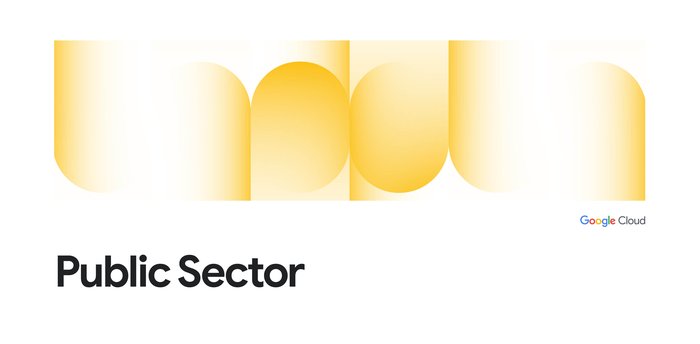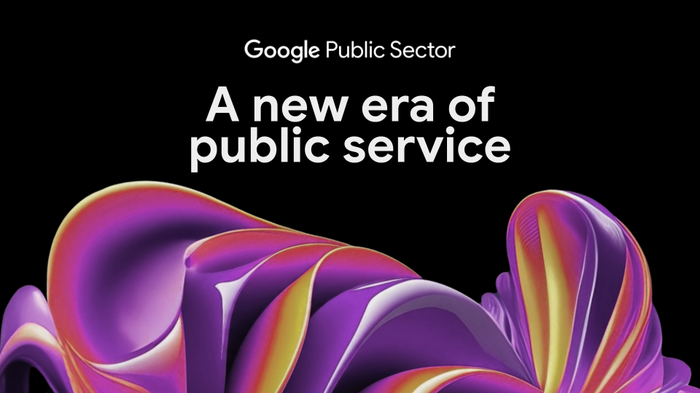Unlocking Medical Insights: Secure AI Analyzes Data
Keith Binder
Customer Engineering Manager, Google Cloud
Google AI for Public Sector
Empowering an Adaptive, Responsible, Secure, and Intelligent way forward
Learn moreWith the widespread adoption of wearable fitness devices and health trackers, biomedical researchers face the challenge of how to glean insights from all this information and translate them efficiently into clinical practice. The latest artificial intelligence (AI) tools and cloud computing can accelerate the collection and analysis of insights by processing massive amounts of data quickly and securely. For Neo Christopher Chung, Assistant Professor of Computer Science at the University of Warsaw and Research Associate in the David Geffen School of Medicine at University of California in Los Angeles, “medical imaging and electronic health records provide new opportunities for scientists and clinicians to improve our understanding of disease classification and prognosis.” For Marieke van Buchem, Ph.D. researcher and Innovation Manager at the Leiden University Medical Center in the Netherlands and Visiting Researcher at the Stanford School of Medicine, “the implementation of clinical AI in healthcare settings has been lagging in the past years, but there is an opportunity to gain insights from the enormous amount of electronic health data records. It’s all about moving AI from the research space into clinical practice.”
Both Chung and van Buchem were members of the 2022 cohort of Google Cloud Research Innovators, a global community of researchers from many different organizations driving scientific breakthroughs with Google Cloud. As Research Innovators, they have access to Google Cloud research credits, technical support, and a network of potential collaborators. Van Buchem says, “I enjoy the exchange of ideas with the other Research Innovators and Google experts on how Google Cloud could innovate healthcare and how I could translate these ideas into actual projects in the hospital.” “It’s been interesting to see other people’s processes, and I get inspiration from other deep learning problems,” says Chung. Both researchers are committed to exploring how AI and cloud computing can make the most advanced cancer research tools more accessible to all researchers, and improve diagnoses and prognoses for cancer patients.
Training algorithms to Improve cancer diagnoses
As the Lead AI/ML principal investigator for INFORM (Interpretability of Deep Neural Networks for Radiomics), a European consortium that develops and trains interpretable deep neural networks to make better biomedical predictions, Chung uses AI to study cancer images like CT and PT scans. The huge datasets in the Cancer Imaging Archive and the National Institutes of Health (NIH) can run to hundreds of gigabytes or tens of petabytes. He explains that current AI models work best for the commonly found images they have been trained on, but for privacy and regulatory reasons medical imagery has been more difficult to collect and analyze. Chung’s goal is to start with the deep learning algorithms trained on natural image datasets, then adapt them to process medical images. “It is hard to understand the inner workings of AI,” he says. “An algorithm can make a correct prediction but we don’t know why it’s accurate. That makes it difficult for doctors and patients to trust it. It’s like a black box.” Chung believes transparency will improve both accuracy and trust in AI applications to healthcare.
Chung and Lennart Brocki at the Computational Biology and Machine Learning group at the University of Warsaw set up a project to run large-scale model training and inference using Google Compute Engine’s Graphical Processing Units (GPUs). They have developed an AI tool that can accurately classify tumors and simultaneously explain its decision-making process. They use Google Colab to quickly prototype or test an idea on a smaller scale. “Having a low barrier to entry is incredible,” Chung says. “That means lower overhead costs and no waiting times, no maintenance. It’s also flexible to scale GPU usage up and down. I really appreciate having Google Research credits to try new ideas.”
Using Natural Language Processing to analyze patient communications
As part of the Clinical AI Implementation and Research Lab (CAIRELab) in Leiden, van Buchem applies Natural Language Processing tools to accelerate and scale up the implementation of clinical AI in hospitals. For her current project, she wondered how patient-generated data could help screen and provide resources for at-risk populations. During six months at Stanford School of Medicine’s Boussard Lab, she and her colleague Anne de Hond, under the supervision of Tina Hernandez-Boussard, piloted a program to identify cancer patients at risk for developing depression. To understand the care process, she interviewed social workers, oncologists, and psychiatrists about their workflow with patients. Then, using Google Cloud’s storage and compute capabilities as well as the open-source Bidirectional Encoder Representations from Transformers (BERT), she trained a large language model on public data and fine tuned it to identify concerning patient messages sent through Stanford’s patient portal.
Van Buchem’s pilot showed that the model was able to distinguish concerning from non-concerning patient messages, and her results were accurate across demographic subgroups. “This project would have taken weeks to conduct on a laptop,” she says. “On Google Cloud, the pretraining only took a few days. The scale and speed were a big advantage. I could iterate faster, and I had extra GPUs, memory–everything I needed in one place.”
Envisioning the future of healthcare
Both Chung and van Buchem continue to refine and advance their projects, and envision a future where cloud computing and AI can transform healthcare research as well as clinical practices. They see cloud computing democratizing access to data and resources for researchers across the world. They see AI developing personalized treatments and better support for patients, leading to improved outcomes. They see big data yielding insights that help healthcare workers fulfill their critical missions. Van Buchem concludes, “we’re talking about huge amounts of multimodal data, just waiting to be used to support healthcare professionals in decreasing the administrative burden, increasing diagnostic accuracy, improving the flow through the hospital.”
To find out how you can get started with generative AI for higher education, download the new 10-step public sector guide. With domain-specific use cases and customer stories from Ed Tech innovators like Varsity Tutors, IBL Education, and more, it offers a comprehensive guide to kickstart your gen AI journey.



